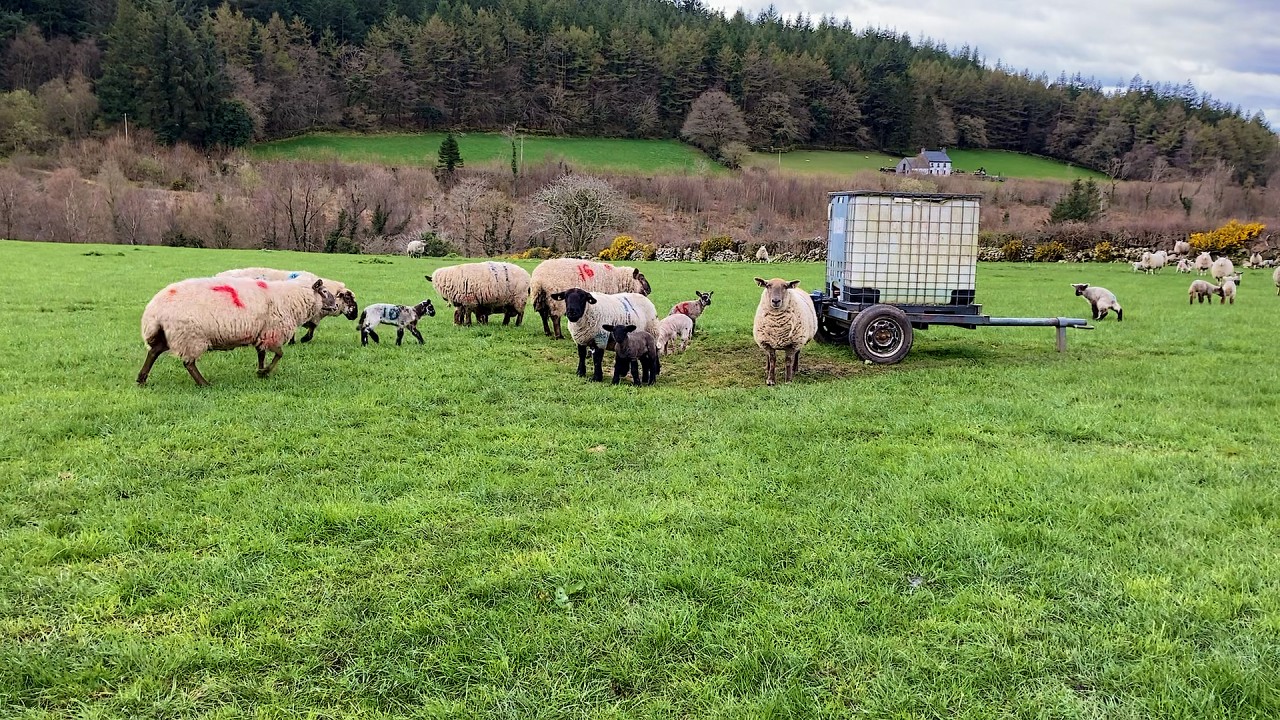The rise in temperature in recent days means there is an increased risk to lambs hatching nematodirus, according to the Sustainable Control of Parasites in Sheep (SCOPS) group.
Nematodirus is a disease cause by Nematodirus battus, a parasite found in the small intestine of lambs. It can cause diarrhoea, ill thrift and death.
Cold weather delays the hatching of N. battus eggs and typically, a nematodirus-tailored weather forecast is issued when the hatching season in expected. However, as warmer weather has come faster than normal, this sudden change in temperature could trigger a mass hatch.
According to the SCOPS group, the Animal and Plant Health Agency (APHA) has already confirmed two outbreaks in southwest England and the Borders of Scotland.
“Nematodirosis can strike very quickly so you can’t afford to have a ‘wait and see’ policy,” said sheep consultant Lesley Stubbings, speaking on behalf of the SCOPS group.
“Rapid action is often required, particularly if you have 2022-born lambs grazing pasture that carried lambs last spring.”
For at-risk lambs, SCOPS recommends moving them to low-risk pasture, which was not grazed by lambs last spring. Knowing this is not always possible, the alternative is treating with an appropriate anthelmintic. In most cases this is a white (1-BZ) drench, but individual producers should speak to a vet or adviser and take follow-up steps to ensure the treatment was effective.
“Roundworms that are resistant to white drenches are widespread within the UK but, fortunately, this is still rare when it comes to nematodirus and these wormers are still highly effective in most cases,” Stubbings added.
“But remember, it may be necessary to treat lambs more than once depending on the spread of ages in a group and subsequent weather conditions.”

